Menu
-
- Home
-
About Us
-
The Approach
-
Focus Areas
-
MindWing Learning
-
Learning Resources
-
SHOP
-
Blog
-
- About MindWing
- Our People
- Contact Us
- Your Account
- Login
-
United States (USD $)

“Maniac Magee”: Exploring Character & Setting in Novels (with FREE Downloadables)
by Sheila Zagula March 09, 2018 4 min read
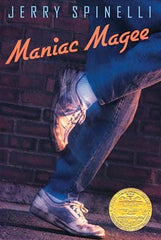 As I have stated so often throughout my thirty-eight-year teaching career, I had the wonderful opportunity to work within a collaborative setting with a group of fantastic colleagues. Using the SGM® was the perfect tool that pulled everything together for us… a common language, a scaffold for our lessons, and most importantly, a common language and framework for all students.
As I have stated so often throughout my thirty-eight-year teaching career, I had the wonderful opportunity to work within a collaborative setting with a group of fantastic colleagues. Using the SGM® was the perfect tool that pulled everything together for us… a common language, a scaffold for our lessons, and most importantly, a common language and framework for all students.
One of the novels that we explored in sixth grade was Maniac Magee by Jerry Spinelli. Our focus varied, depending on our students, and my task was always to provide the scaffolding using the SGM® for classroom presentations—making the lessons accessible to all our students, including those with IEPs.
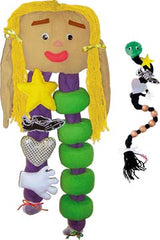 Our elementary school used Braidy®/SGM® at all grade levels so that by the time students were in upper elementary, they were well-versed in using the icons for both narrative and expository texts.
Our elementary school used Braidy®/SGM® at all grade levels so that by the time students were in upper elementary, they were well-versed in using the icons for both narrative and expository texts.
The beauty of the SGM®, however, is that the icons are easily learned and students can successfully participate in lessons in a few introductory sessions.
We are often asked to show examples of how this powerful tool can be used with novels to support student comprehension. The following are suggestions to enhance the use of the SGM® within classrooms using Maniac Magee.
CCSS.ELA-LITERACY.RL.5.2 Determine a theme of a story, drama, or poem from details in the text, including how characters in a story or drama respond to challenges or how the speaker in a poem reflects upon a topic; summarize the text.
CCSS.ELA-LITERACY.RL.6.2 Determine a theme or central idea of a text and how it is conveyed through particular details; provide a summary of the text distinct from personal opinions or judgments.
Maniac Magee explores a variety of themes including loss, homelessness, and acceptance. The effectiveness of using picture books with upper elementary school and middle school students cannot be understated. We often used picture books related to themes to encourage discussion.
The following are a few books that you may be interested in reviewing to use with this novel. They vary in complexity, allowing you to match them to your student needs. Using the SGM can be a bridge for your discussions of these themes.
Read one of the selections below, relate it to the section of the novel related to the theme, and then use the SGM to focus discussion.
Books related to Homelessness:
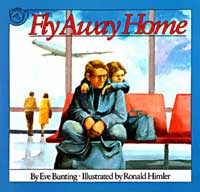
Fly Away Home
Eve Bunting

Sam and the Lucky Money
Karen Chin
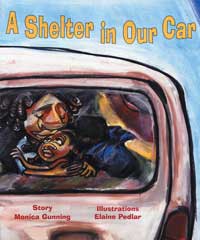
A Shelter in Our Car
Monica Gunning
Books related to Loss:
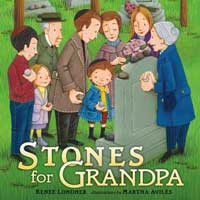
Stones for Grandpa
Renee Londner
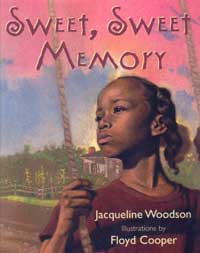
Sweet, Sweet Memory
Karen Lynn Williams
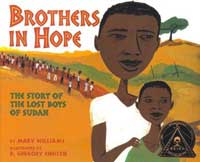
Brothers in Hope, The Story of the Lost Boys of Sudan
Mary Williams
Books on Need:
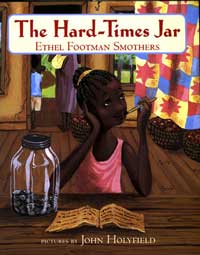
The Hard-Times Jar
Ethel Footman Smothers

Four Feet, Two Sandals
Karen Lynn Williams
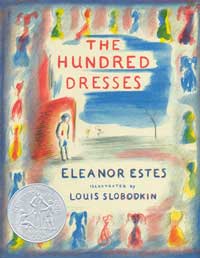
The Hundred Dresses
Eleanor Estes
Books related to Caring:
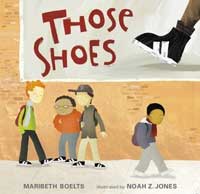
Those Shoes
Maribeth Boelts
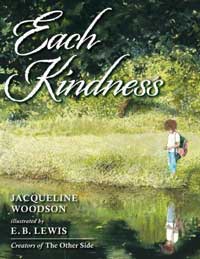
Each Kindness*
Jacqueline Woodson
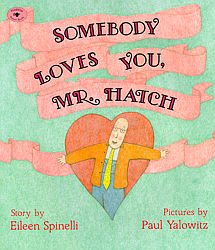
Somebody Loves You, Mr. Hatch*
Eileen Spinelli
(Of interest, this book was written by Jerry Spinelli’s wife.)
Books related to Personal Relationships:
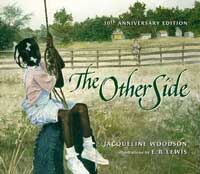
The Other Side
Jacqueline Woodson

The Sneeches*
Dr. Suess

A Home Run for Bunny*
Richard Anderson
 *Books have noted with asterisk have been used in other blogs on this site; see link: Books and Lessons webpage.
*Books have noted with asterisk have been used in other blogs on this site; see link: Books and Lessons webpage.
The Critical Thinking Triangle in Action! Set would also be ideal to use with any of the books above to highlight and discuss related story events, feelings, and thoughts from Maniac Magee.
CCSS.ELA-LITERACY.RL.5.3 Compare and contrast two or more characters, settings, or events in a story or drama, drawing on specific details in the text (e.g., how characters interact).
CCSS.ELA-LITERACY.RL.6.3 Describe how a particular story's or drama's plot unfolds in a series of episodes as well as how the characters respond or change as the plot moves toward a resolution.
Maniac Magee is rich in episodes that present multiple perspectives, reactions, and feelings. Below are my notes using The SGM Advanced Perspective Taking Map (SGM manual, page 165) of the birthday gathering at the MacNab house, specifically focusing on pages 158-166. This was a powerful visual for students.
I read the pages and then mapped out each character’s perspective, one at a time, in this format. As you can see, it shows the complexity of the scene at the house and provides a way for students to visualize each character’s reaction and interaction.
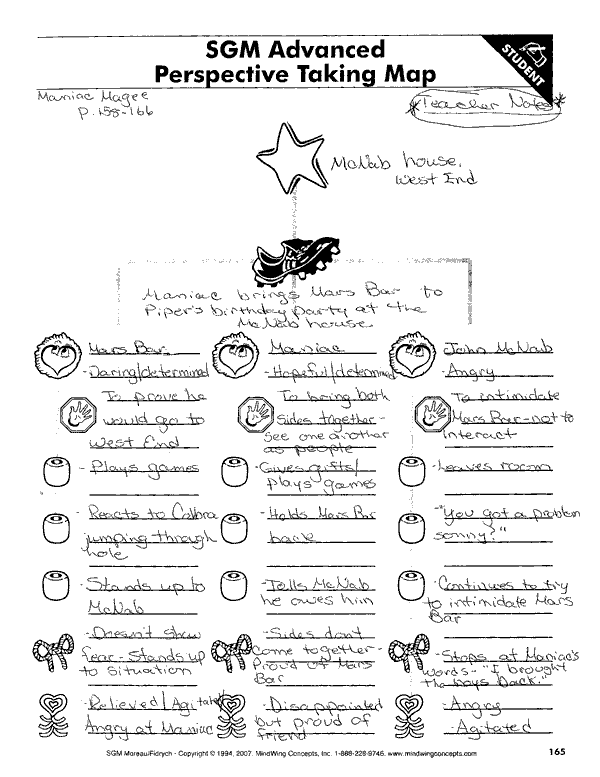
CCSS.ELA-LITERACY.SL.6.1 Engage effectively in a range of collaborative discussions (one-on-one, in groups, and teacher-led) with diverse partners on grade 6 topics, texts, and issues, building on others' ideas and expressing their own clearly.
CCSS.ELA-LITERACY.SL.6.1 A Come to discussions prepared, having read or studied required material; explicitly draw on that preparation by referring to evidence on the topic, text, or issue to probe and reflect on ideas under discussion.
![]() Maniac is looking for a place to belong, to call home. Throughout the novel, there are many references to his search. After students read several chapters, ask them to record on the downloadble tri-fold worksheet references to “home” and to jot a feeling word down to indicate how they think Maniac was feeling about the reference cited. A sample of “Location” is shown below.
Maniac is looking for a place to belong, to call home. Throughout the novel, there are many references to his search. After students read several chapters, ask them to record on the downloadble tri-fold worksheet references to “home” and to jot a feeling word down to indicate how they think Maniac was feeling about the reference cited. A sample of “Location” is shown below.
Do several examples with the students; support, as needed. Periodically, pair students to share what they have written, their reactions, and briefly discuss with the group.


Download Blank Tri-Fold Setting Worksheet
This is an open-ended worksheet that can be used with selections to reinforce the setting of a story. Here, we have used it to record the settings and associated feelings in Maniac Magee. With a different novel, we may just record settings as they change, or record a list of settings and descriptive words from the text used to describe the settings. This will depend on your objectives and students. One teacher asked students to use the tri-fold as a follow-up activity describing the various locations visited on a field trip to Forest Park located here in Springfield, MA.
This could be the basis of a future writing assignment: What did Maniac think a home was? What was he looking for? What do you think a home is?
![]() Character development throughout the books is another avenue to explore with students. Below is a downloadable worksheet we have used with blogs on the books Wonder andThe River. Again, have students use this to point out character traits throughout their readings. Discuss.
Character development throughout the books is another avenue to explore with students. Below is a downloadable worksheet we have used with blogs on the books Wonder andThe River. Again, have students use this to point out character traits throughout their readings. Discuss.
For a future writing activity: How would you describe Maniac? Cite information from the selection to support your answer.

Download Worksheet — “Character Traits, Gathering Evidence”
Sheila Zagula
Sheila Zagula works with MindWing Concepts in product development, drawing on her expertise and talents as well as many years of implementing the Story Grammar Marker® and related materials. Her teaching career spans thirty-eight years, most recently as literacy coach in the Westfield Massachusetts Public School System. Sheila has experience as an early childhood educator, a teacher of children with special needs, and a collaborative instructor within an inclusion framework serving children in grades K-5.
Leave a comment
Comments will be approved before showing up.
